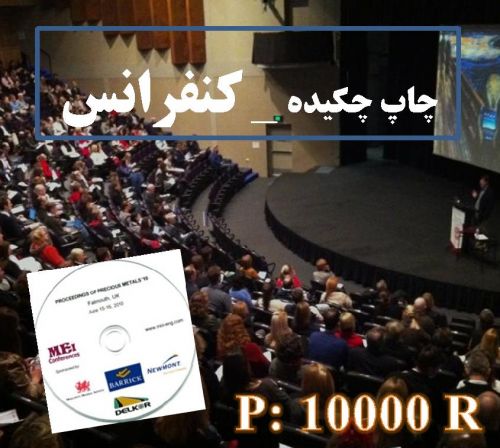The Safflower capsule fly, Acanthiophilus helianthi Rossi (Diptera: Tephritidae) is the most destructive insect pest of attacking the safflower Carthamus tinctorius plant which is cultivated as an oil crop. It is mainly controlled through application of broad-spectrum insecticides, which can adversely affect safflower farms ecosystem and consequently human health. Since a first step in setting up an IPM program is to assess the biological control agents within the ecosystem, so in this research work the pupal parasitoid complex of Safflower Capsule Fly (SCF) on safflower was identified, and its natural potential in controlling the pest compared for different generations and in different locations in Kohgiloyeh during 2008-2010. Adults of the pupal parasitoids of SCF were recorded from laboratory-reared pupae, which had been collected on damaged small flower heads of the first generation and large flower heads of the second and the third generations. Rate (%) of parasitism on A. helianthi pupae was estimated as the number of parasitoids over the total count of parasitoids and flies. Ten pupal parasitoids of the host were found: Bracon hebetor, Bracon luteator, (Braconidae); Isocolus tinctorious (Cynipidae); Pronotalia carlinarum (Eulophidae); Eurytoma acroptilae (Eurytomidae); Ormyrus orientalis (Ormyridae); Colotrechnus viridis, Pteromalus sp. (Pteromalidae) and Antistrophoples conthurnatus, Microdontomenus annulatus (Torymidae). Total parasitism varied from 13 to 33%, with an average of 23 ± 1% as revealed through the present study. A comparison of the means of the pupal parasitism rate showed a significant difference at 5% level between different generations and localities. The highest rate of parasitism occurred in the first generation in all localities, as well as in years.
کلید واژگان :Biological control, Safflower, Safflower capsule fly, Iran, Kohgiluyeh, Parasitoid.
ارزش ریالی : 100000 ریال
با پرداخت الکترونیک
جزئیات مقاله
- کد شناسه : 7143560370134284
- سال انتشار : 2013
- نوع مقاله : چکیده مقاله پذیرفته شده در کنفرانس ها(فایل کامل مقاله بارگزاری گردد)
- زبان : انگلیسی
- محل پذیرش : 2nd Global Conference on Entomology, November 8-12, Kuching, Malaysia
- برگزار کنندگان : 2nd Global Conference on Entomology, November 8-12, Kuching, Malaysia
- تاریخ ثبت : 1394/04/08 23:18:21
- ثبت کننده : کریم سعیدی
- تعداد بازدید : 293
- تعداد فروش : 0
